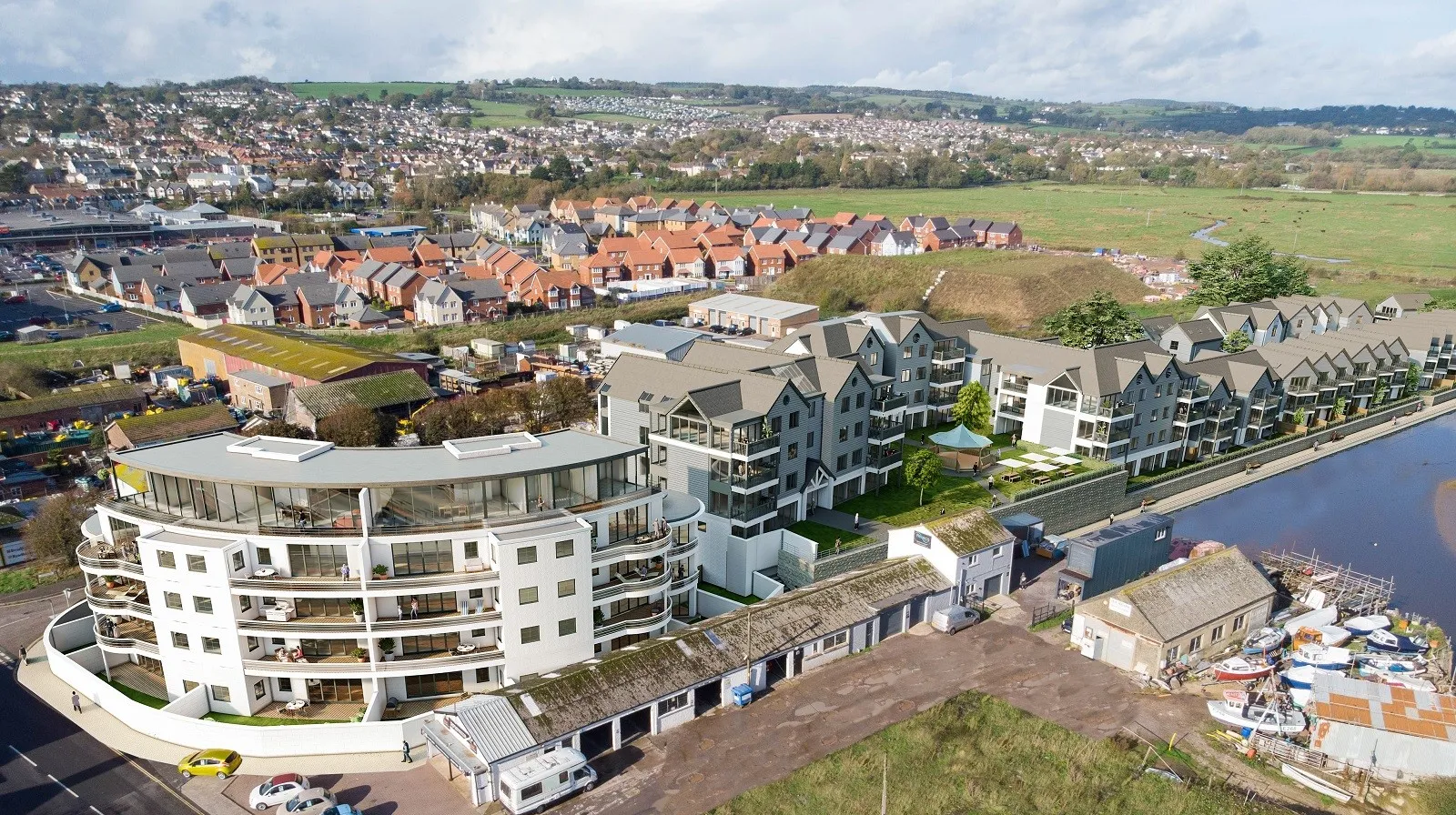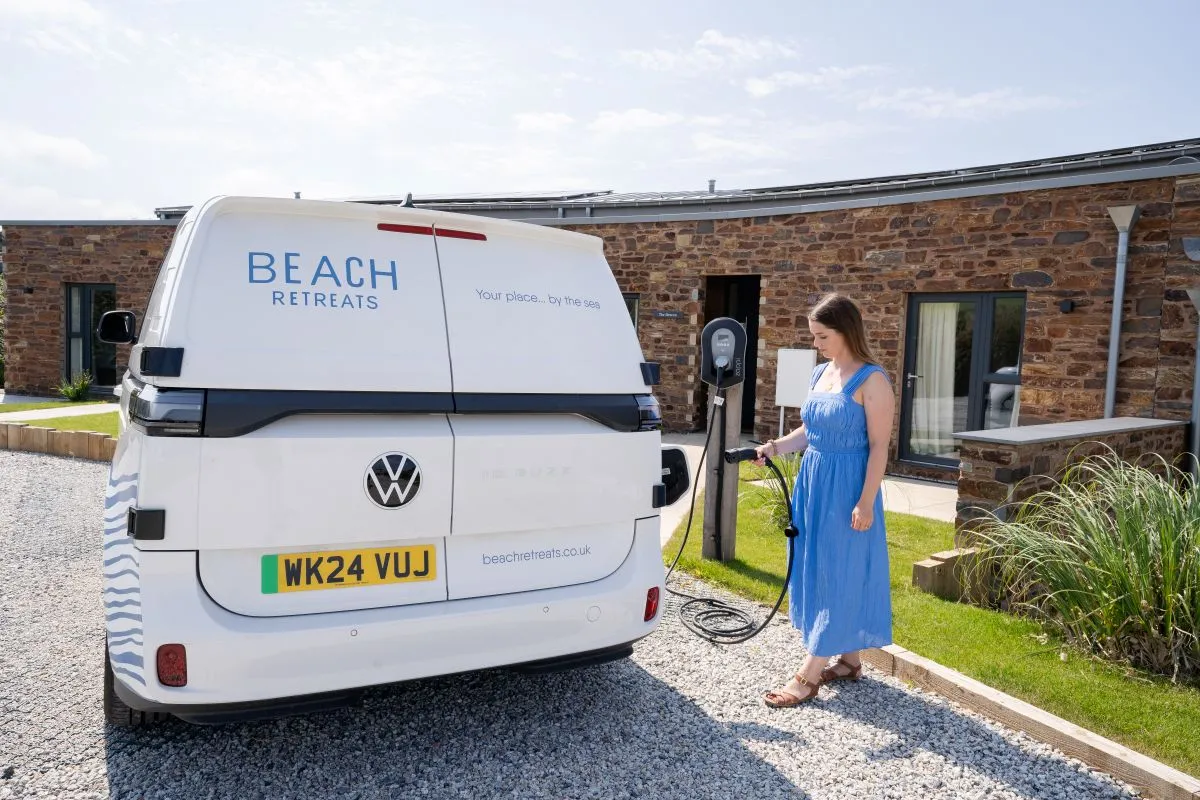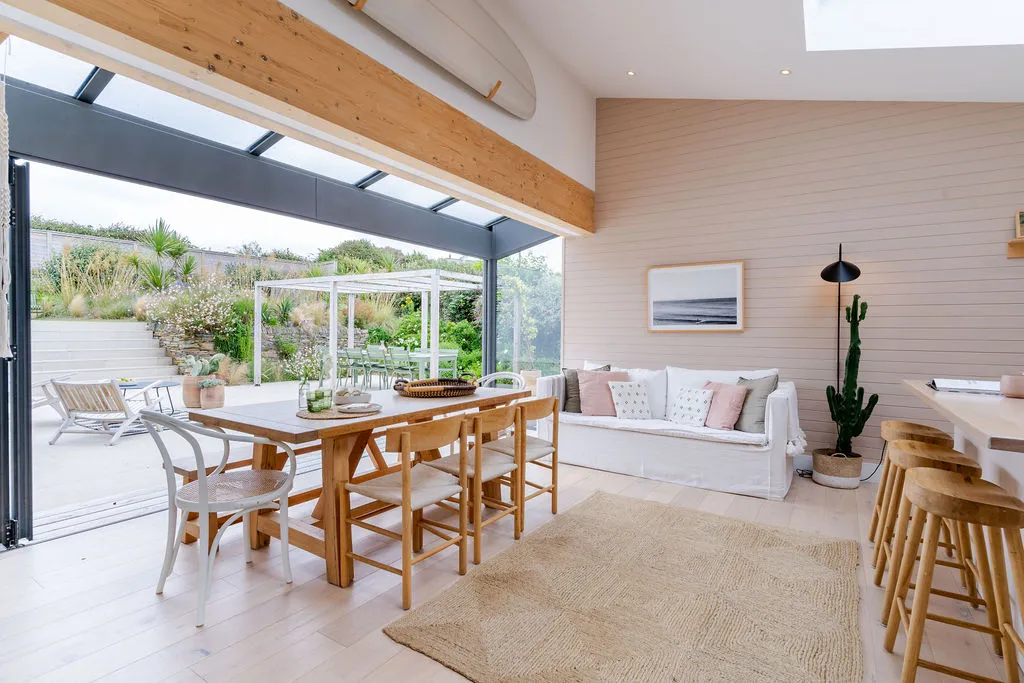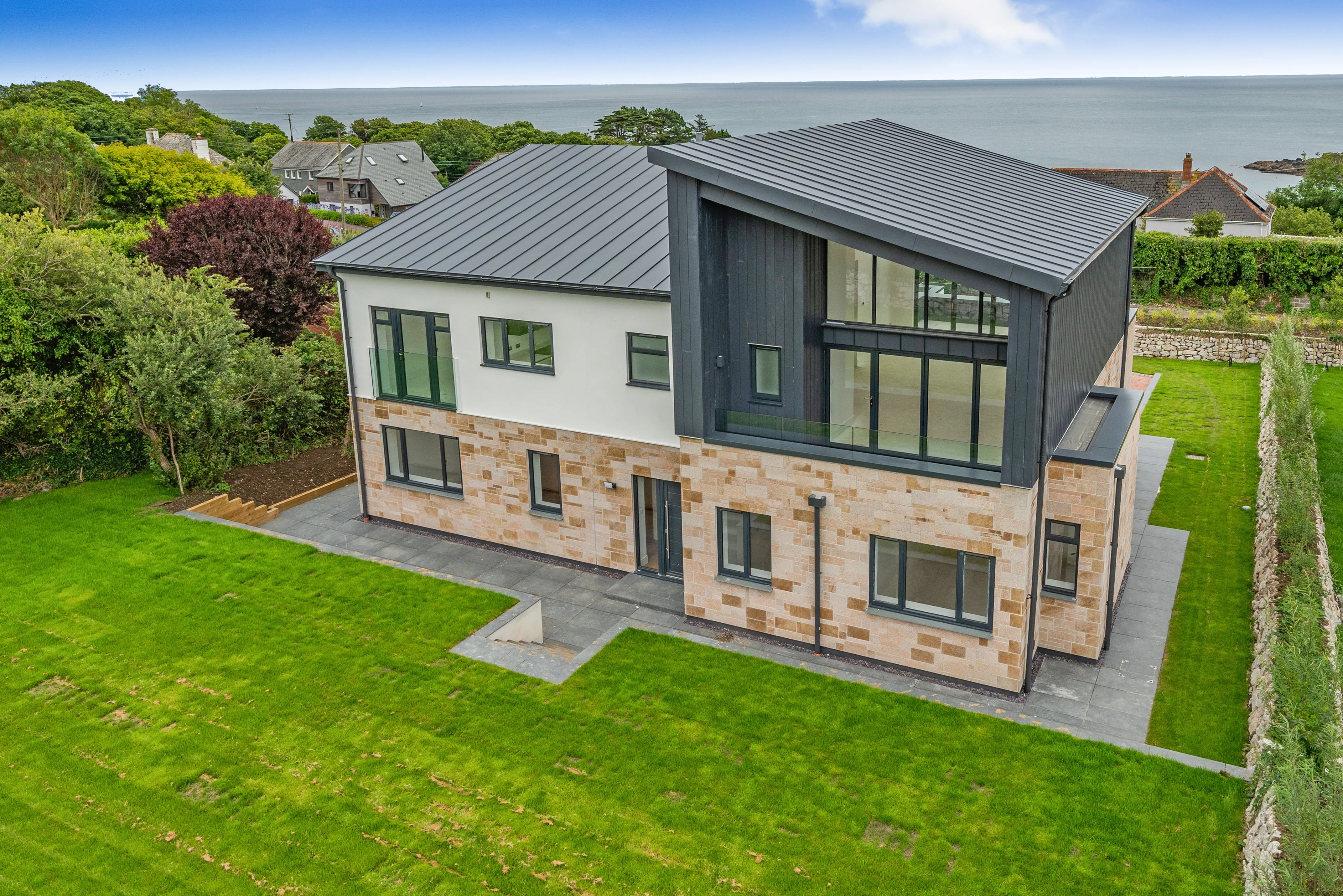MENU
Home / Owner Blog Posts / Best Practice for Fire Risks Assessments in a Holiday Let
Best Practice for Fire Risks Assessments in a Holiday Let
24th May 2023
The Secretary of State has issued guidance so that people are provided with information on how to comply with the Regulatory Reform (Fire Safety) Order. The guidance, as part of Article 50 of the Regulatory Reform (Fire Safety) Order 2005, will now be seen as the standard for all small lets that are not let as a principal residence.
At Beach Retreats we work closely with local specialist contractors and the Cornwall Fire and Rescue Service to ensure we are always in the know of any changes and best practices are implemented in all our holiday lets we manage.
The new guidance makes a distinction between small self-catering premises and larger premises because of the increased risk posed by premises that start becoming larger than a standard domestic property. The guidance draws a specific line so that regulators and other guidance users have a starting point on the standard of fire safety. This means that if the premises has more than 4 bedrooms on the first floor and/or sleeps more than 10 people the HM Government Risk assessment Guide to Sleeping Premises must be used. This is also the case for premises that have bedrooms on the first floor and have to escape through another room, such as in open plan properties.
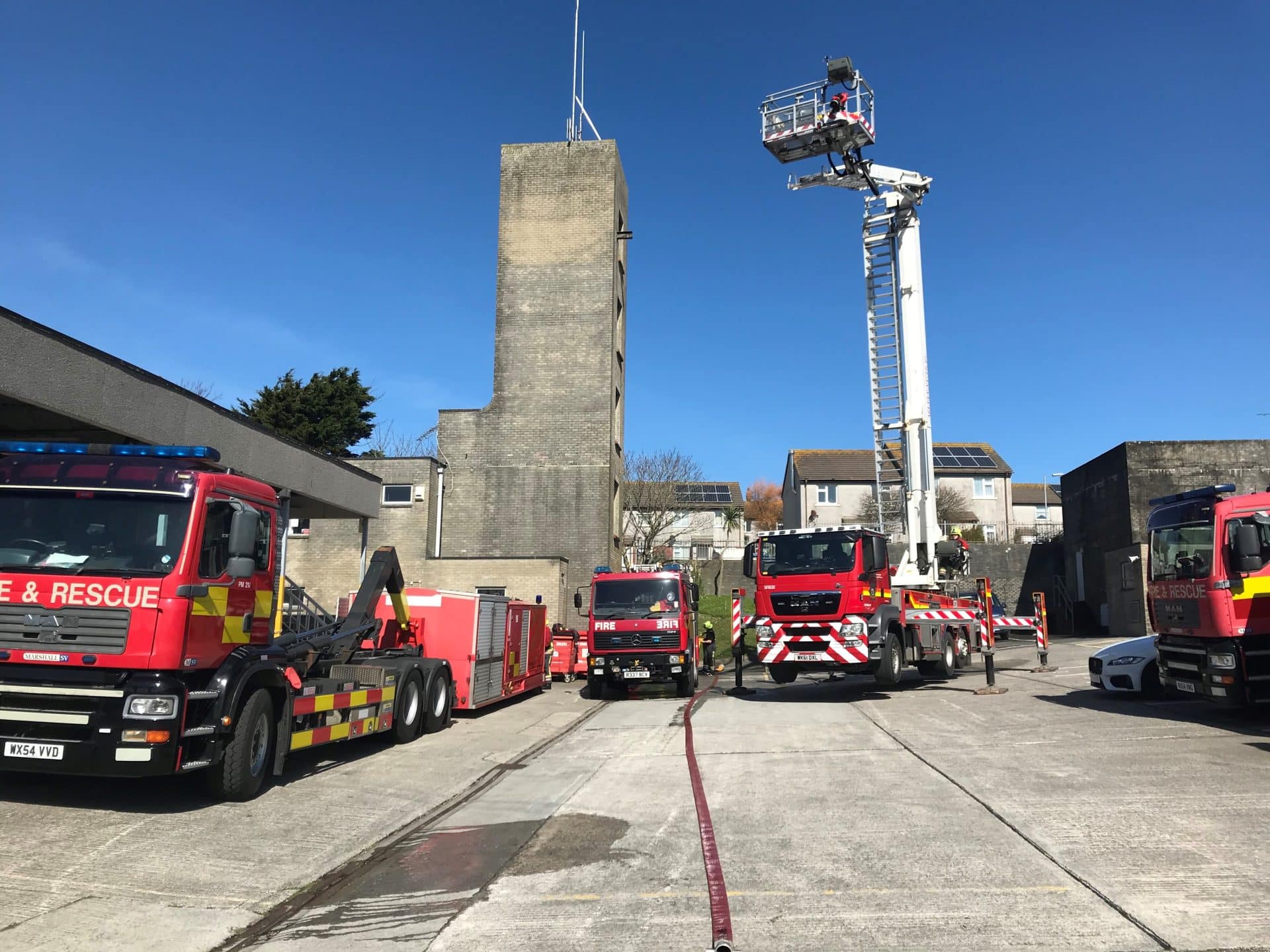
So what should you do?
First of all we would strongly recommend for you to employ a competent third party contractor to write your fire risk assessment for you, ensure you read it thoroughly and action any points that are highlighted. It is important to outline here that the ultimate responsibility for compliance of their work with fire safety legislation rests with you.
If you have a property that sleeps no more than 10 people and has no more than 4 bedrooms this is the guide to which you should be working towards.
It outlines the below main focus points (and goes into more detail). Most of you will already be compliant with the below, however we do recommend reviewing this again.
- Have a written fire risk assessment in place that records your findings (Identify hazards / identify people at risk / evaluate, remove, reduce, and protect from risk / record, plan, inform, instruct and train / review). Ensure this is reviewed annually to ensure it is accurate and relevant.
- Ensure that adequate fire safety measures, such as escape routes and fire alarm systems are provided. In the above size property, you will have to have a fully interlinked domestic smoke alarms and heat alarms system in place that needs to include smoke alarms in hallways, corridors, staircases, lounges, dining rooms and bedrooms. Heat alarms should be installed in kitchen and rooms (such as laundry or utility rooms), in which false alarms might occur from smoke alarms, due to cooking fumes, steam, dust, etc.
- Interlinking may be by means of wiring or radio signalling. Preferably, all smoke and heat alarms should be mains powered with a tamper-proof standby power supply consisting of a battery. These are technically known as Grade D1 alarms. However, long-life, sealed battery alarms (known as Grade F1 alarms) may be acceptable as a short-term measure. (say, around 2-3 years).
- The recommendation for any fire detection and alarm check is six monthly, this is for complex systems only such as ones with a fire panel. In addition, your housekeeper must do a weekly or on every changeover check.
- Carbon monoxide detectors should be provided where living accommodation contains a gas or solid fuel-burning appliance.
- Ensure that that all emergency exit doors, such as front and back doors, can be easily unlocked and must not need a key to unlock them from the inside. A simple single action turn handle or lever will often be the most appropriate.
- A fire action plan should be fitted to the back of the front door stating the steps of what to do in the event of a fire, the property address, and the assembly point location.
- Firefighting equipment needs to be provided. Fire extinguishers (at least one on each floor of the property) and a fire blanket in the kitchen are essential. The equipment is to be checked annually by a competent contractor. Please note that multi-purpose powder extinguishers should not be provided, as they are not suitable for use in enclosed spaces.
- Emergency lights can be fitted by replacing or enhancing existing light fittings with emergency escape lights, which have internal batteries that power the light in the event of a mains failure, at a reasonably low cost. These are recommended, particularly in hallways and staircases that may be difficult for guests to navigate in darkness should the mains power fail. However, in the smallest premises, it may be acceptable to rely on rechargeable torches that illuminate automatically if the electrical supply fails. In that case, you should have one in each bedroom, with a sign that explains their function.
Generally speaking the rules are the same and if you adhered to the small paying guest accommodation guidelines, you are already well on the way to be compliant. Without seeing each premises it is very difficult to identify what difference this makes for each property, therefore the fire service would always recommend you employ a risk assessor if you are unsure of what standard to meet.
The kind of things that may be required in addition, depending on the premises, are:
- Doors leading onto escape routes will need to be FD30s (fire resistant doors up to 30 minutes) and self-closing
- Alarm upgraded to a BS5839 pt1 or BS5839 pt6 Grade A
- Emergency lighting to BS5266 installed
At Beach Retreats, we’re passionate about offering memorable stays in safe environments and ensuring our owners are fully compliant with the law. Talk to us about how we can holiday let your property successfully and professionally. Get in touch at [email protected] or call 01638 861005.
